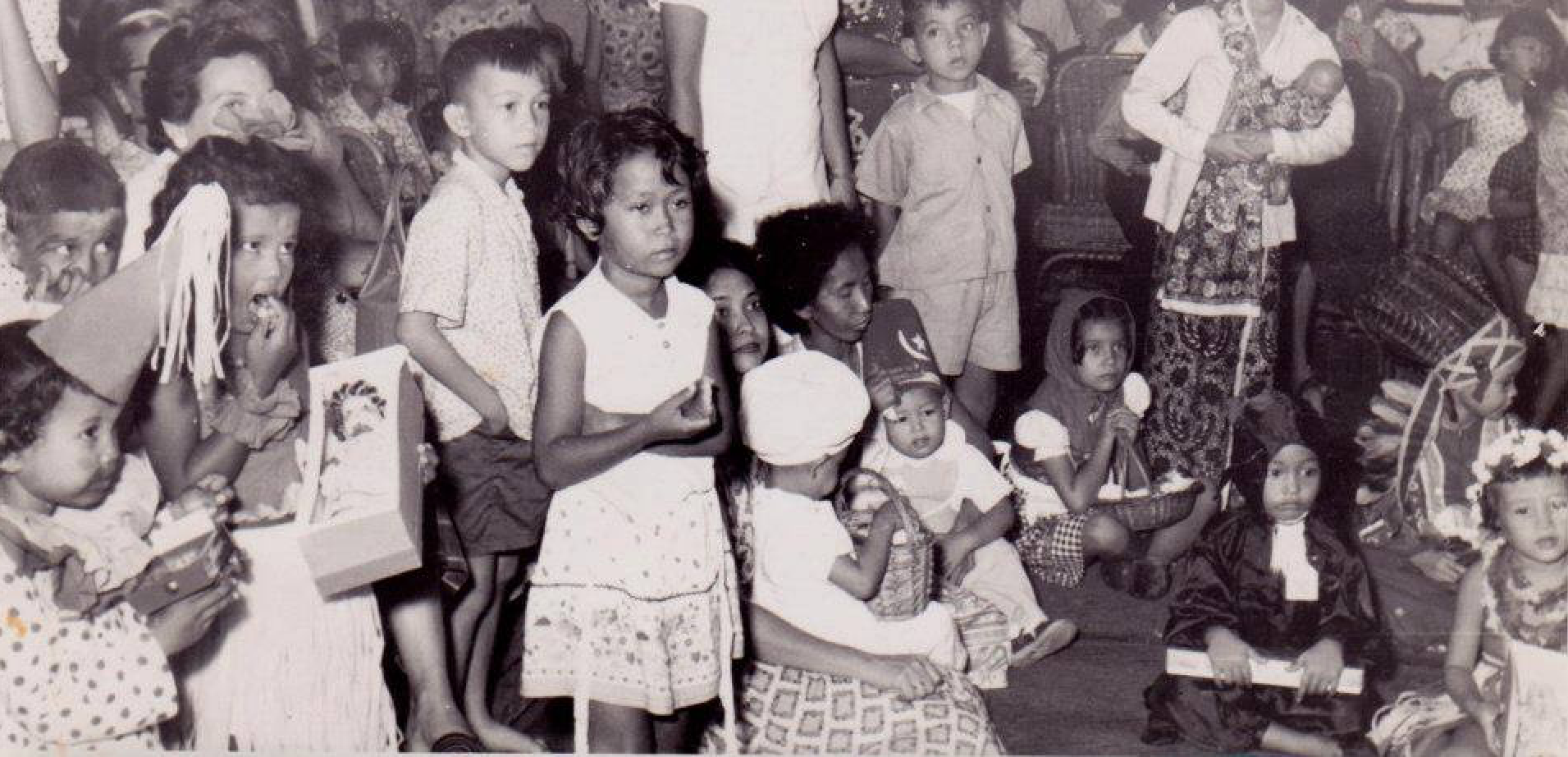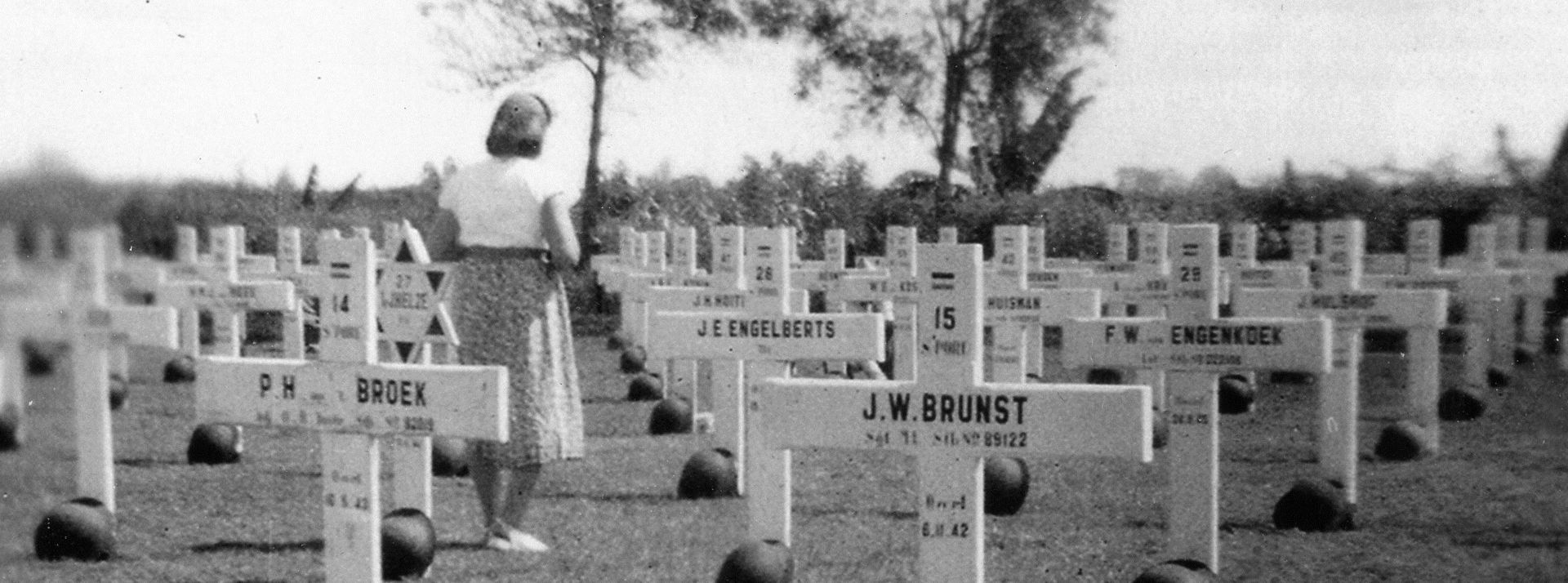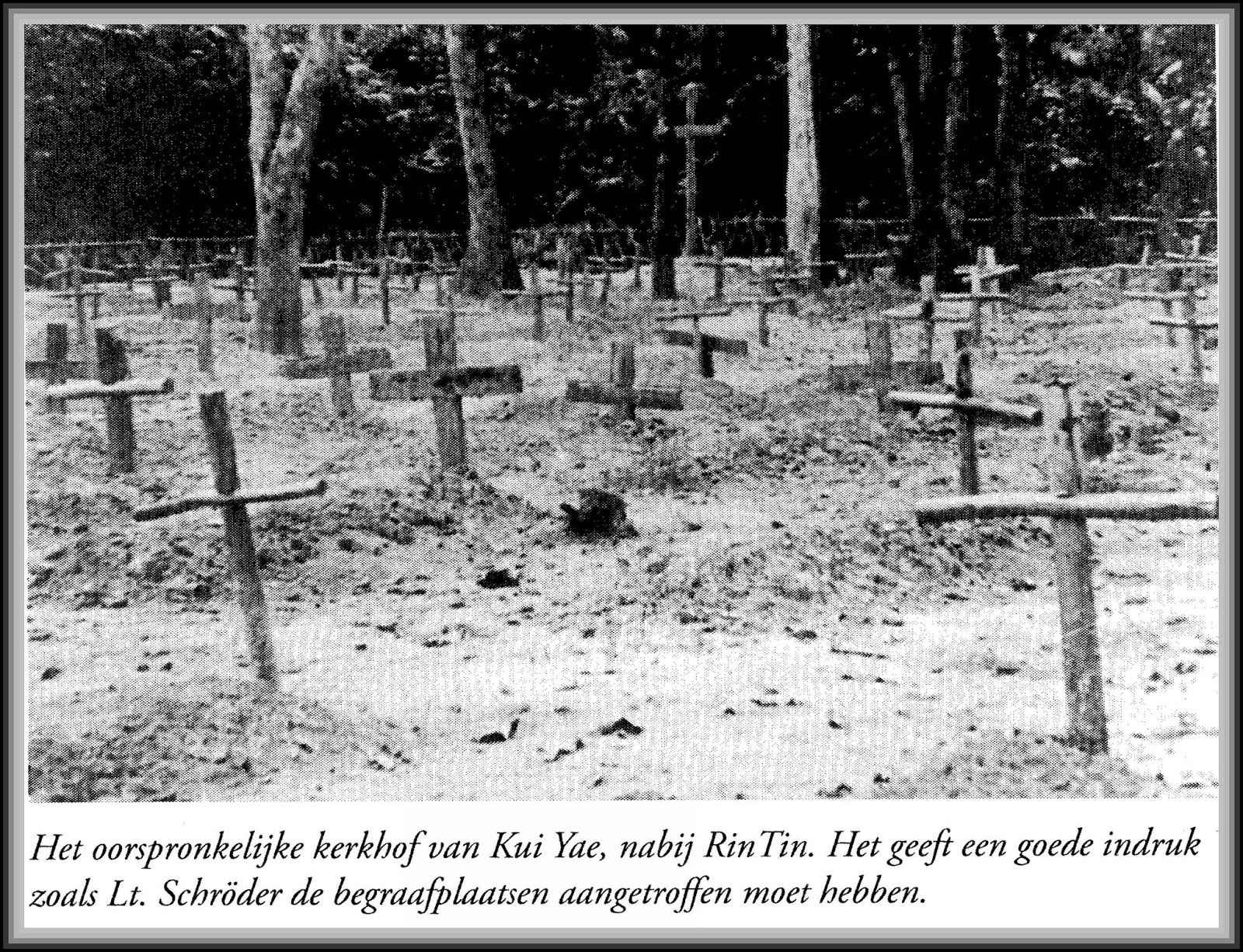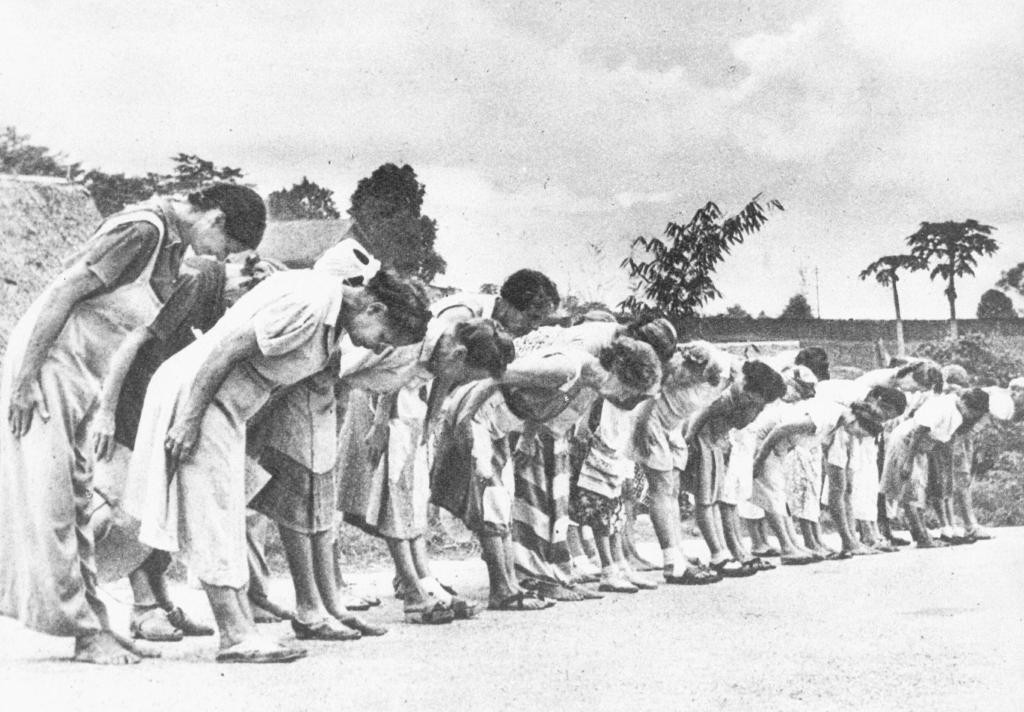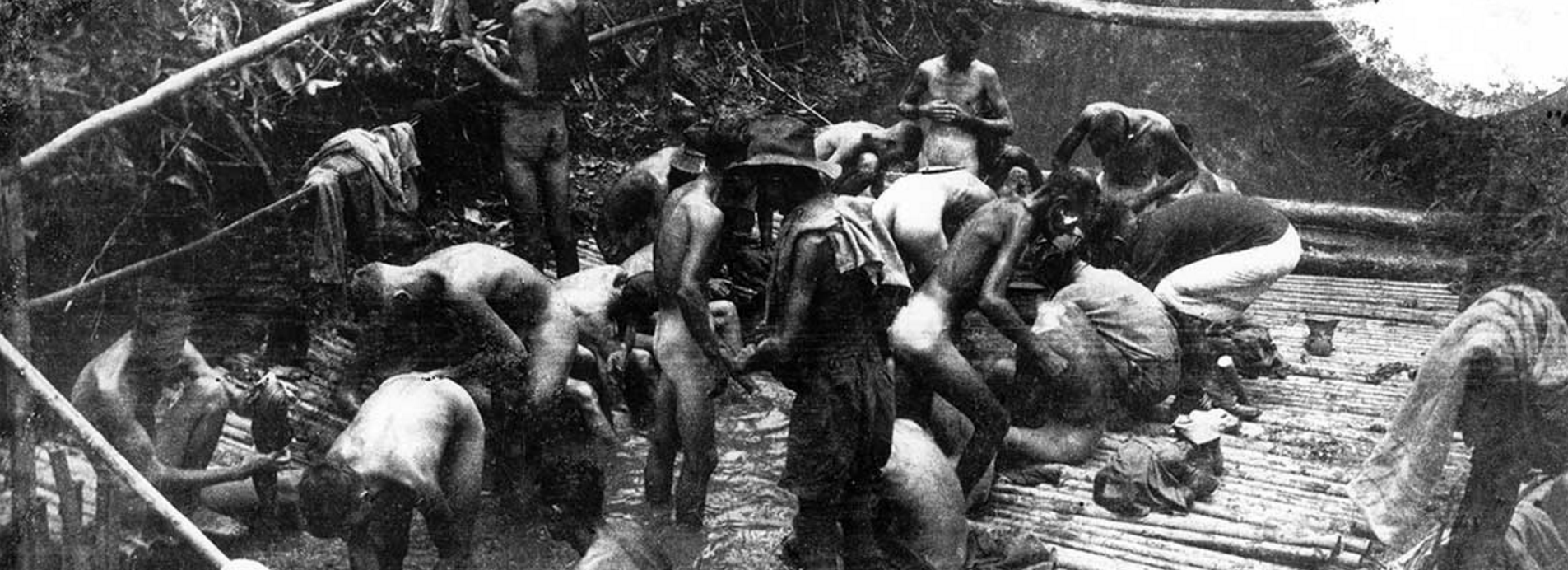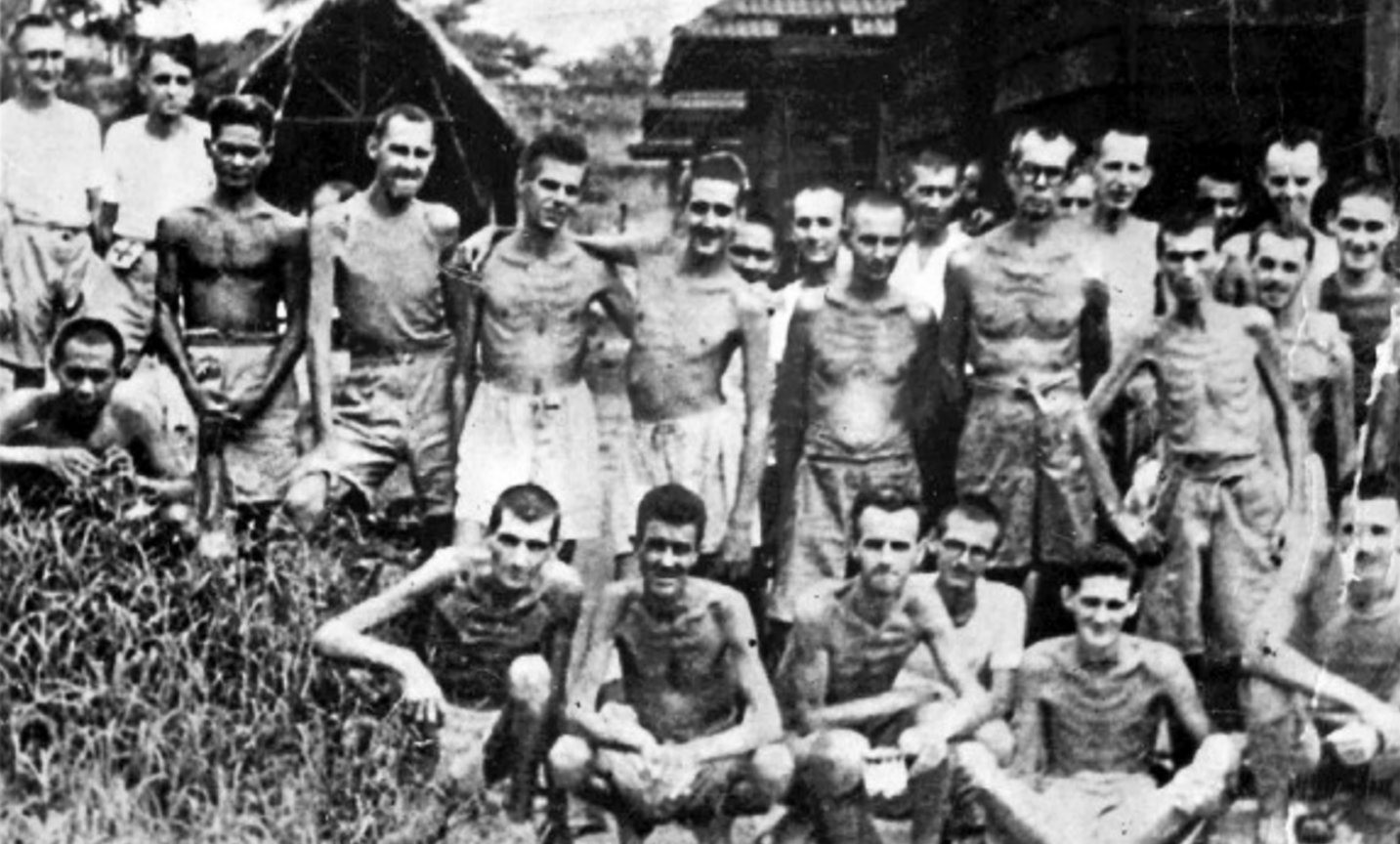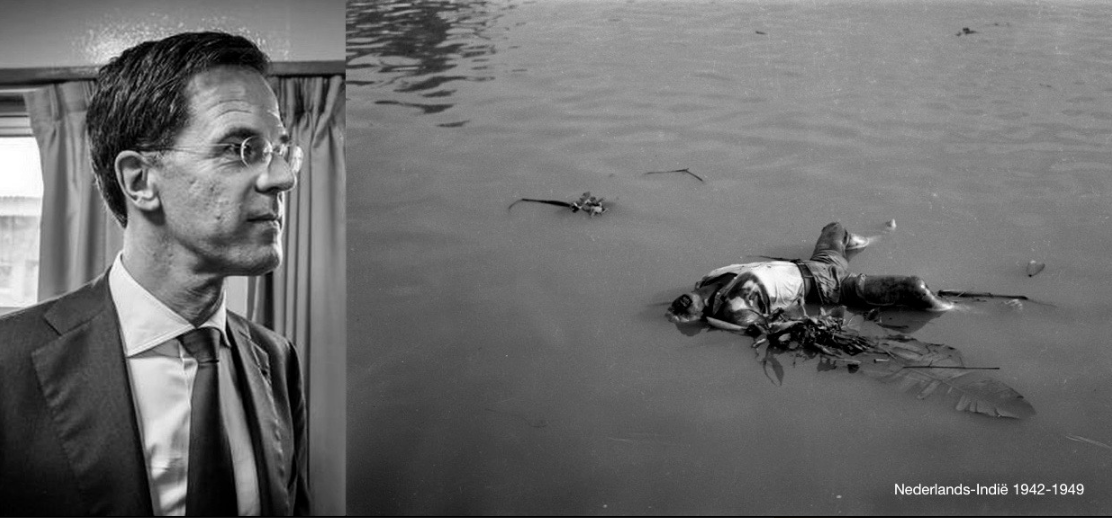Countdown Indische Kwestie. Al meer dan een halve eeuw negeert de Nederlandse regering de oorlogsslachtoffers uit Nederlands-Indië. Daarmee is Nederland het enige land in Europa dat zijn verplichting tegenover oorlogsslachtoffers ontloopt. Geen uitkeringen van achterstallige salarissen, geen schadevergoedingen voor verloren bezittingen, niets…
Video’s
Aanvang opstaan voor de Indische Kwestie door volgende generatie. Deel 1.
Aanvang opstaan voor de Indische Kwestie door volgende generatie. Deel 2.
Aanvang opstaan voor de Indische Kwestie door volgende generatie. Deel 3.
Opa’s story part 1. Sydney Solis interviews her father, Albert Straub, who as a child survived Japanese and Indonesian concentration camps on Java during World War II. He recounts colonial life in the Dutch East Indies before it became Indonesia, as well as the horrors of war and the toll it takes on children and families. Share family stories with your children. Work for peace. End the Wars. In Memory of Jean. E.R. Straub. Feb. 29, 1969 – Dec. 29, 2011.
Opa’s story part 2. Sydney Solis interviews her father, Albert Straub, who as a child survived Japanese and Indonesian concentration camps on Java during World War II. He recounts colonial life in the Dutch East Indies before it became Indonesia, as well as the horrors of war and the toll it takes on children and families. Share family stories with your children. Work for peace. End the Wars. In Memory of Jean. E.R. Straub. Feb. 29, 1969 – Dec. 29, 2011.
Roger Maynard talks about his latest book, Ambon, which details the plight of 1150 Australian members of Gull Force who were incarcerated by the Japanese on a tiny island in the Dutch East Indies during the Second World War. Only 300 of them survived. Beaten, starved and tortured by their captors, the brutality they endured lasted for three and a half years. In this hell hole of despair and evil, officers and men turned against each other as discipline and morale broke down. Yet this epic struggle also produced heroic acts of kindness and bravery. Amazingly some even escaped by island-hopping their way back to Australia. Ambon, the book, is published by Hachette.
“Deze voortdurende minachting door de politiek is verwerpelijk”.
Lees meer op www.sandrareemer.nl
Part 1 interview Edgar Vos. Bron: Anne Frank House (Youtube) “Please note: this film is in Dutch and has no subtitles. Dutch fashion designer Edgar Vos died 13 January 2010. In 1989 he talked to the Anne Frank House about his imprisonment in a Japanese camp in the Dutch East Indies. About the Second World War Edgar Vos has said: What I learned during the war is how important it is that others help you when you are in trouble.”
Part 2 interview Edgar Vos. Bron: Anne Frank House (Youtube) “Please note: this film is in Dutch and has no subtitles. Dutch fashion designer Edgar Vos died 13 January 2010. In 1989 he talked to the Anne Frank House about his imprisonment in a Japanese camp in the Dutch East Indies. About the Second World War Edgar Vos has said: What I learned during the war is how important it is that others help you when you are in trouble.”
Part 3 interview Edgar Vos. Bron: Anne Frank House (Youtube) “Please note: this film is in Dutch and has no subtitles. Dutch fashion designer Edgar Vos died 13 January 2010. In 1989 he talked to the Anne Frank House about his imprisonment in a Japanese camp in the Dutch East Indies. About the Second World War Edgar Vos has said: What I learned during the war is how important it is that others help you when you are in trouble.”
Miriam was born to a missionary family on a small island off Celebes, now Sulawesi in Indonesia. In 1942, just before Miriam turned two, her family was put into many concentration camps in Sumatra by the Japanese. Her family was eventually reunited and moved to the Netherlands in 1946. There, she became a teacher, a principal and a registered nurse. In 1965, she immigrated to Canada and worked as a RN.
Shortly after the end of World War Two – some of the aftermath of the 258 mile long Burma-Thailand (Siam) railway, constructed by a slave force of POWs and Asian civilians 1942-43. Known as the ‘Railway of Death‘ it claimed the lives of an estimated 16,000 ‘allied’ troops and 90,000 Asian labourers. Working on this railway was the fate of the majority of those captured by the japanese in Singapore, many being sent up on railway cars to Kanburi (now Kanchanaburi) base west of Bangkok, the start of the railway in Thailand (then Siam). This is also near the infamous ‘Bridge on the River Kwai. Starts at Thanbyuzayat railway sidings at the beginning of the Burma section, and here Japanese soldiers unload stores – most likely filmed by a British unit after the end of war. Three British officers of the No 3 Indian Army Graves Registration Unit examine map of railway and later the Japanese soldier seen earlier talks with British officers. Wooden signs mark graves and one reads ‘Allied Cemetery -17 Graves -150 metres’. At the end two of the grave signs read: ‘AIF-Driver JL’. Many more must be lost in the jungle. Bron: Imperial War museum
Kersttoespraak E.A. Smith-Broers. Amber: Mijn oma Smith vertelt haar kerstverhaal: hoe ze van Nederlands-Indië naar Nederland kwam eind 1957, begin 1958.
DE MOED OM DOOR TE GAAN. De Andere Bevrijding (15 augustus 1945) van Henny Taapken
De 2de Wereldoorlog werd niet alleen in Europa gevoerd. Japan was tegelijkertijd bezig Zuidoost-Azië te onderwerpen aan zijn gezag. Alle Nederlanders werden geïnterneerd en velen overleefden de Japanse kampen niet. In augustus 1945 werd Nederlands-Indië bevrijd, maar de vreugde was van korte duur. De Bersiap-periode brak aan. Nederland was opnieuw in oorlog en met achterlaten van alle have en goed moesten zij de jonge republiek Indonesië verlaten. Vijf Wageningers vertellen over deze tijd.
Fryslân DOK: De ferswijde dessa (De verzwegen dessa)
Meer dan achtduizend Friese soldaten nemen in het tweede deel van de jaren veertig deel aan de politionele acties in Nederlands-Indië. Voor velen van hen zullen het traumatische jaren worden. In de Fryslân DOK ‘De ferswijde dessa’ gaat Hylke Speerstra op zoek naar de verhalen van kinderen van Indiëgangers. Verhalen die stuk voor stuk duidelijk maken dat het verleden van ruim zeventig jaar terug nog steeds leeft en niet is verwerkt. Documentaire is gemaakt door: Janjelle Ringnalda en Timo Brinkman
Audionabewerking: Harry Zwerver, Studio 12 – www.harryzwerver.nl
Omroep West: Henriëtte van Raalte vertelt over de Bersiap-periode, een bloedige tijd.
Stadsarchief Breda over Henk Kemper (1929) Deel 1. Bersiap in Surabaya.
Stadsarchief Breda over Henk Kemper (1929). Deel 2. Leven in Nederland.
PiaMediaNL: Interview met Mevrouw Van Oers-Moorman (1930) over haar tijd in voormalig Nederlands Indië, de Japanse bezetting en de Bersiap periode.Vader Moormann en Marie (Riep) Vlaanderen trouwden in 1914 en kregen samen 12 kinderen. De moeder van mevr. Van Oers-Moorman en haar broertje Clem zijn vermoord tijdens de Bersiap.

